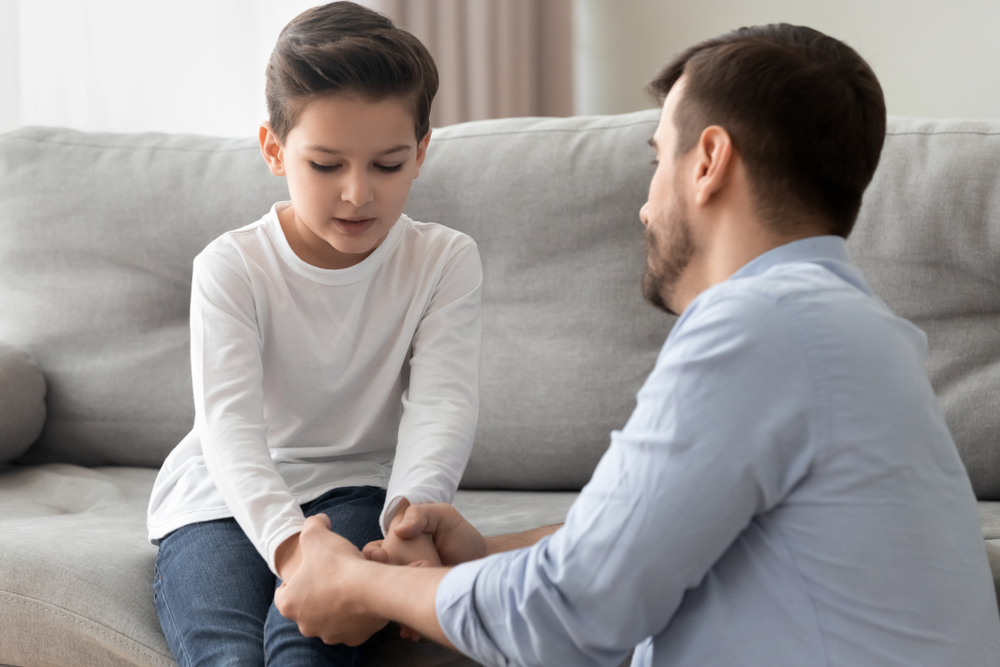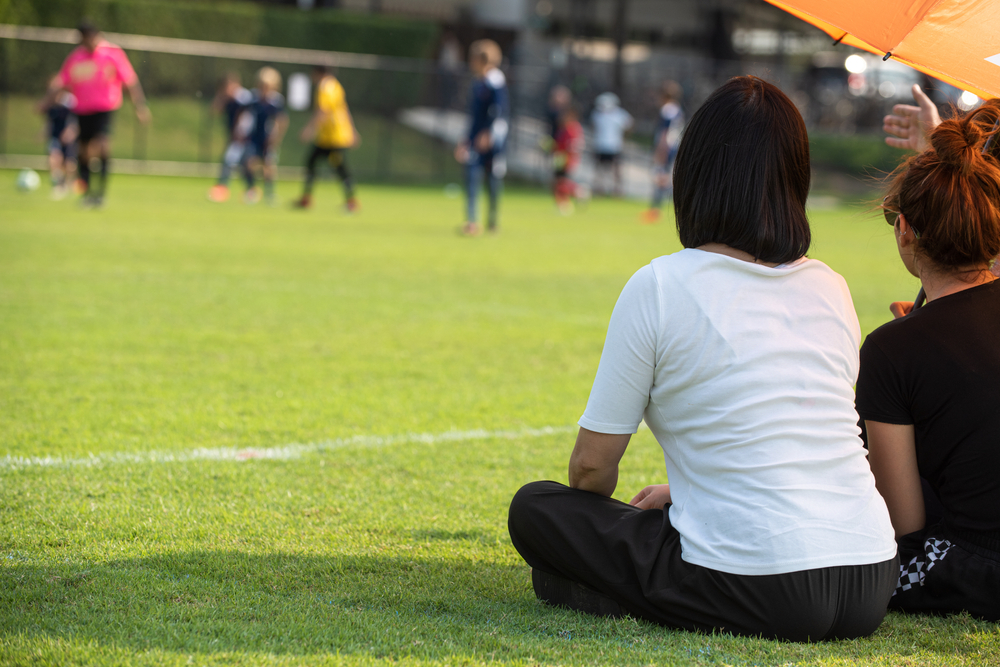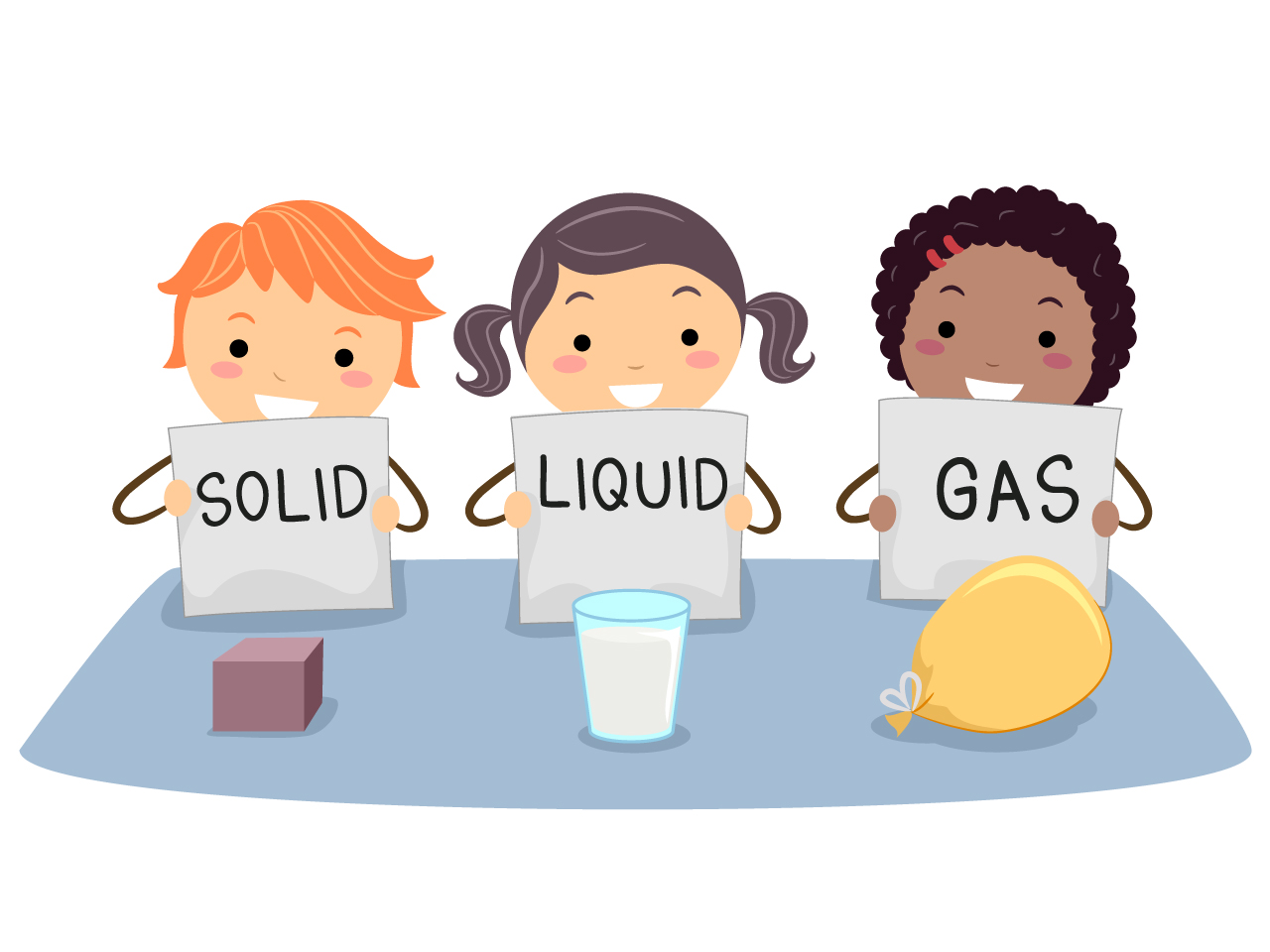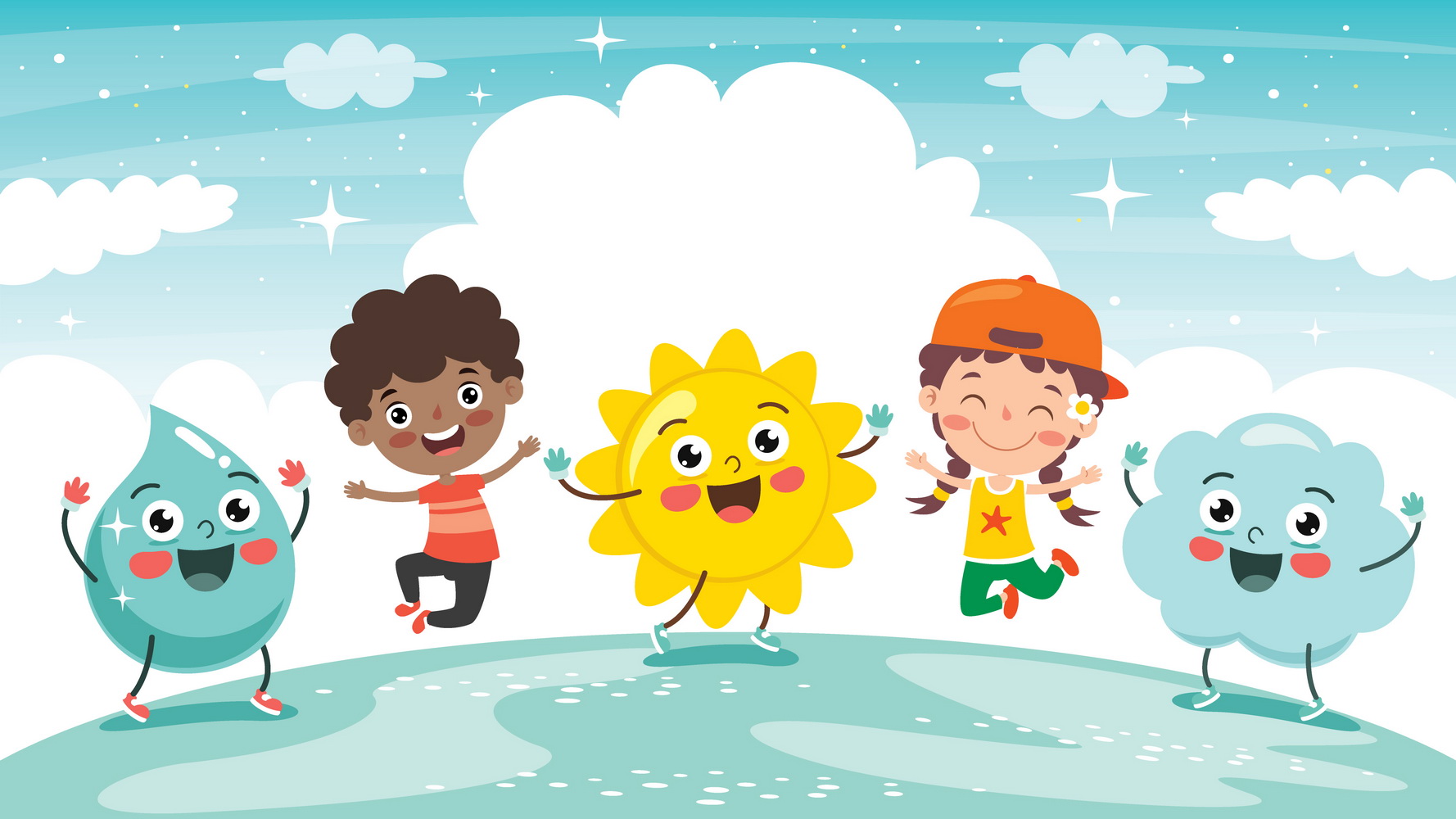My Child Is a Bully: Why Does It Happen and What Can I Do About It?
Nov. 4, 2021
Getting a call from school and being informed that your child was bullying someone else would never be any parent’s dream. Learning that your child is possibly a bully may cause mixed emotions, there is disappointment, denial, and guilt. Some parents may blame themselves for this, and some may be in denial because their child is well-behaved at home. Remember that children may act differently at home and at school. Do not assume that you know your child well, be ready to hear other people’s opinions about your kid.
I was a 5th grader when I became a bully. We were a group of popular kids who liked making fun of the weaker students. The reason I felt good bullying is that I never got in trouble, I was always an honor student and the teacher thought high of me. Now I understand I had insecurities because no one really bothered to ask me how I was doing, or even to congratulate me on my grades. One time, I had a classmate who liked me and kept on following me; I was really annoyed. I embarrassed him in front of the other students: I poured my juice over his shirt and threw his lunch. It really felt bad after, I knew what I did was wrong, but I did not realize it at that time. The poor kid changed school after that incident. I still regret what I did as a student, and I sure wish that no kid would be ever bullied again.
Bullying is a relevant topic for kids. It is normal for children to be playful with teasing and making pranks for as long as it is not harmful, and all the participants are having fun. Bullying can be in different forms:
- Physical bullying – this is when the bully hurts other kids by kicking, punching, throwing etc.;
- Verbal bullying – name-calling, making fun of someone, or yelling at them;
- Cyberbullying – using social media platforms and making comments that may hurt the other party;
- Relational bullying – spreading rumors and excluding a kid from a group.

But now, the question is, how does one become a bully? There will be a lot of factors why a child behaves in a cruel way:
- It may be because they want to act tough and they like the feeling of being superior and feared by others;
- They might have observed acts of verbal or physical violence from an adult (take note that children are observational learners!);
- It is their way to express their emotions (sadness, frustration, anger, and even joy);
- They have low self-esteem;
- They are being bullied themselves (by someone older than them);
- They seek attention;
- Some are so spoiled at home that they believe it is okay to do whatever they want;
- They do not realize their actions due to anxiety, trauma, or other mental health issues.
We should never look at a bully as just a “bad kid”. Bullies have their issues too, and they need to be heard – whatever reason they may give, an adult should be there to try and understand.
My Child Is a Bully: What Should I Do?
Bullying should be taken seriously; this is not something that you can just ignore. Letting your child bully other kids will speak of you as a parent. I know this matter is not easy to take, but you should be able to have control over your child for their own benefit. Now, if your child is bullying another kid, these are the things that you can do:
- Talk to your child – Let your child know that you are willing to listen to whatever reason he or she has. Tell them, “I’ve heard that you were involved in a bullying incident,” wait for them to respond and ask, “Can you tell me why you did it?” Talking to your child like this does not mean that you are tolerating the behavior – they need to have the benefit of the doubt and be given time to explain.
- Talk about bullying – Your child might not understand that what he or she is doing is not good, they may not have grasped what is really happening and how it is affecting the kid being bullied. Sit with your child and talk about bullying, you can do this by sharing stories of your own experience or by discussing fairy tales like “Cinderella” and “Three Little Pigs and The Big Bad Wolf.”

- Teach empathy at home – By watching and telling stories, teach your child empathy, ask them how they would feel if they were bullied. Let them express how they would feel. Encourage them to act thoughtfully, “Before you do anything, always consider the effect of it on the other people. If you think that yelling will make people mad or unhappy, then do not do it.” You can teach empathy through worksheets or videos about good citizenship.
- Teach them proper responses – Present certain situations and ask them what they would do, like “What would you do if your friend did not want to play with you?” Then teach them the proper responses like, “It is okay if you do not want to play today, maybe we can play some other time,” or “Thank you for being honest with me, I’ll just ask our other friends to play.” You can try role-playing. Encourage your child to see the perspective of the other person.
- Give consequences – These do not only apply to bad behavior. Be sure to praise your child when they do something good, or even if they listen to you well. I strongly believe that giving positive reinforcement is better than giving punishment, this was also backed up by research. Let us differentiate reinforcement from punishment. Reinforcement is when we give praises and rewards and remove things that the child does not like, thus aiming to increase positive behavior. For example, when your child is doing their homework, tell them “Good job doing your homework!” or when your child is helping you with anything, you can give responses like “Wow! You are doing a really excellent job!” Unfortunately, punishment is what most parents are familiar with. Punishing your child means giving them an aversive consequence (this is most common to Asian households) or taking something from your child, the things that he or she likes (iPad, a toy, or screen time) in order to decrease certain behaviors. For example – your child forgot to put away his toys, and you respond by taking away his playtime or making him do dishes. Punishment may work but it may also teach your child that it is okay to hurt anyone if what they want is not met thus leading to abusive and bullying behavior.

- Check-in – Some parents might be too busy to have a conversation with their child. Remember that it is necessary to ask your child how their day went or if there was anything they would like to share. You can start your conversation with “Hey buddy, how was school today? Anything good happened?” Sometimes, children bully other kids because they are also being bullied, and they are taking out their anger on the weaker ones. Make sure that your child is not getting bullied, either.
- Talk to their teachers – Check with the teachers if your child is having difficulties at school with their grades or socializing with peers. It is okay to sometimes talk with the teachers, they may be seeing things that are not seen at home. You may send a personal message “Hi Ms. ____, I just want to check in how my child is doing at school…”
- Help your child with self-esteem – Some children may have low self-esteem. Often, it is related to academics. At home, you can try helping your child with his or her lessons or giving them worksheets that they can work on. You can find worksheets, learning games, and educational videos on the Kids Academy website and application. You may also provide verbal affirmations, remind them how good they are, or how pretty they look today. In the morning, you can start the day by saying, “You look awesome today!” This will lift their mood and strengthen their self-esteem. Avoid using words that will lower your child’s self-esteem, like “You should just study instead of doing sports” or “You can’t win in that contest.” Always be your child’s fan!
- Be a role model – Being a parent is not easy, your child will look up to you, so make sure to be a role model and to practice positive behavior. Ask yourself if you are rewarding your child’s good behavior or if you have been ignoring them. Also, make sure that your child is not exposed to violence. It is significant for every child to have a safe and positive home environment.
- Monitor – Be there for your child, monitor his or her behavior but be careful not to invade their privacy. It is okay to ask your child some questions but do not get to the point where they feel uncomfortable. You can ask them “Are you getting along with your friends?” or “Would you like to invite your friends over?” Work on earning your child’s trust.

Support your child with the changes that he or she is trying to make, show your child that you love them no matter what but make them understand that bullying behaviors will not be tolerated. Help your child instead of becoming a behavior police. It will take time for momentous changes to appear, so keep practicing good behavior at home. If you think that your child is not changing at all, it is better to seek professional help.
To learn if your child is getting bullied, read My Child is Bullied: 7 Ways to Stop It and Help My Child. For more articles and advice from expert educators, visit Kids Academy’s parent’s blog where you can also find tips on how to help your child with their academics.
If you are interested in the good ways of sharing the information about various stressful situations with your kid, that are modulated in the Kids Academy learning system, then you are welcome to get the advantage of our Talented and Gifted app developed with a help of the experts in early education!
About the author
Jorezza Antonio - Behavioral Therapist.
Metro Manila, National Capital Region, Philippines.
Links and references
- Cogburn, A., Scott, H. (2021) Behavior Modification https://pubmed.ncbi.nlm.nih.gov/29083709/
- Katz, B. Child Mind Institute: My Child is A Bully: What Should I Do? https://childmind.org/article/what-to-do-if-your-child-is-bullying/
- Prince, K. (2013) The Difference Between Positive/Negative Reinforcement and Positive/Negative Punishment https://bcotb.com/the-difference-between-positivenegative-reinforcement-and-positivenegative-punishment/
- Stop Out Bullying: What to Do If Your Child is Bullying? https://www.stompoutbullying.org/what-do-if-your-child-bully













